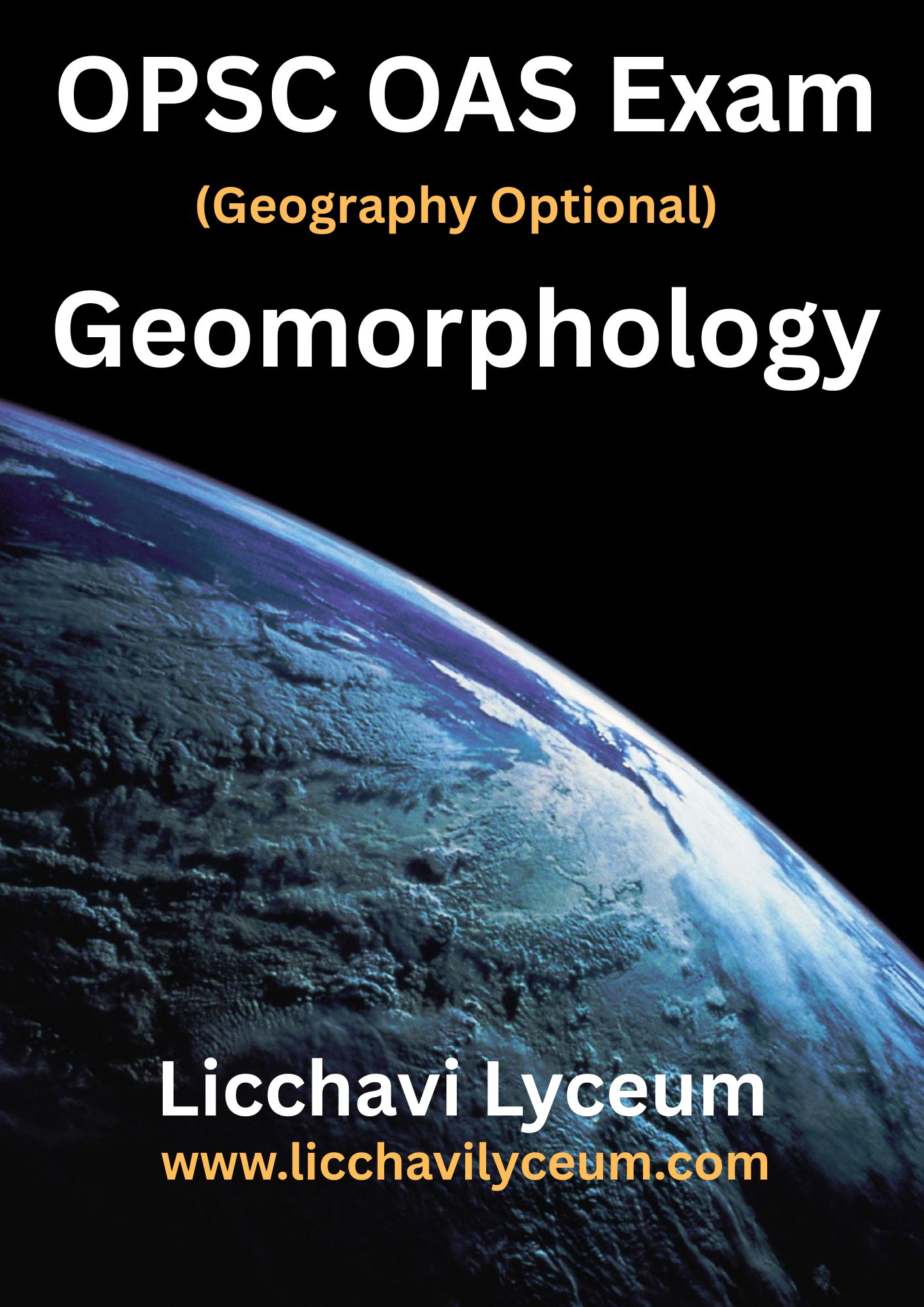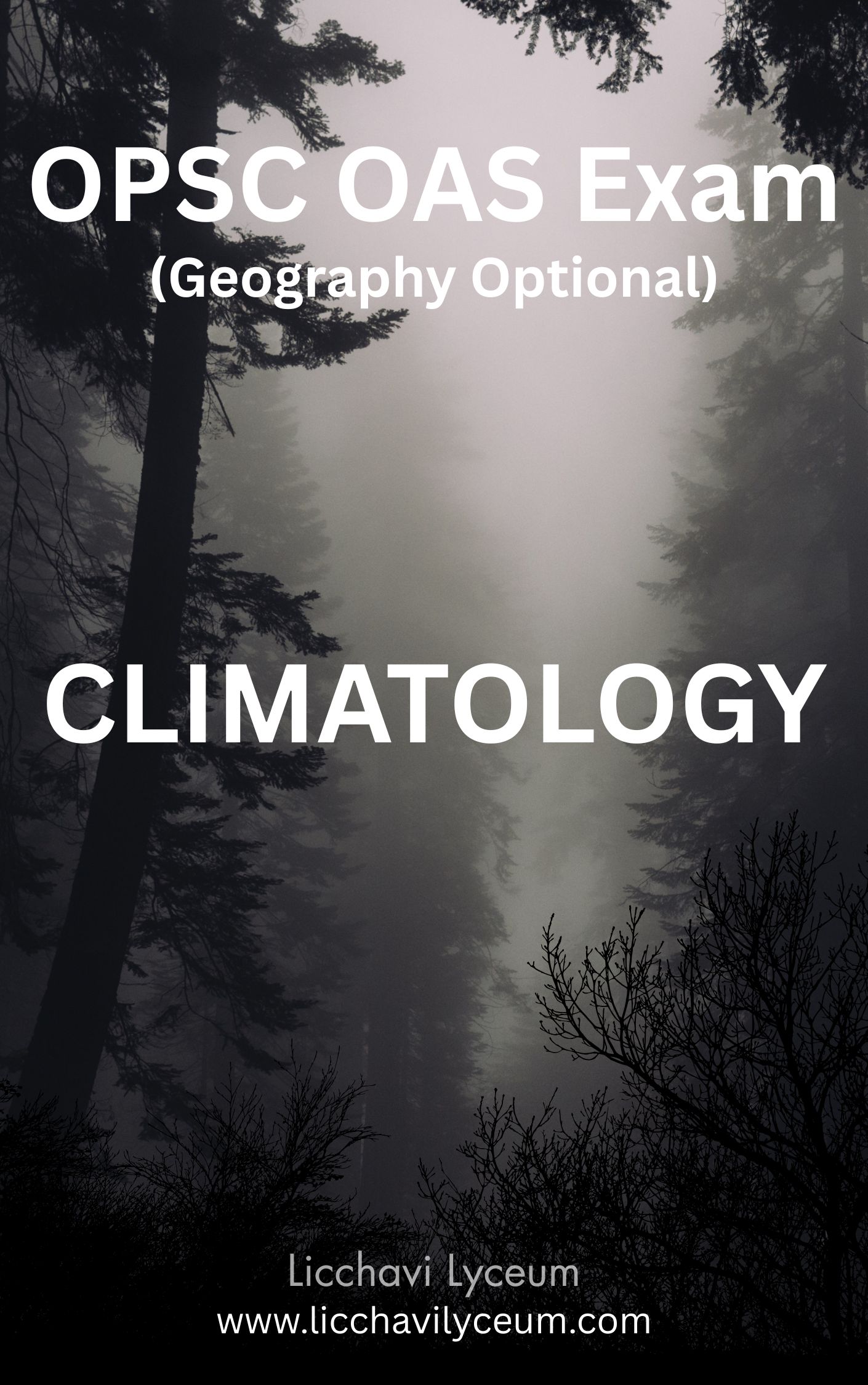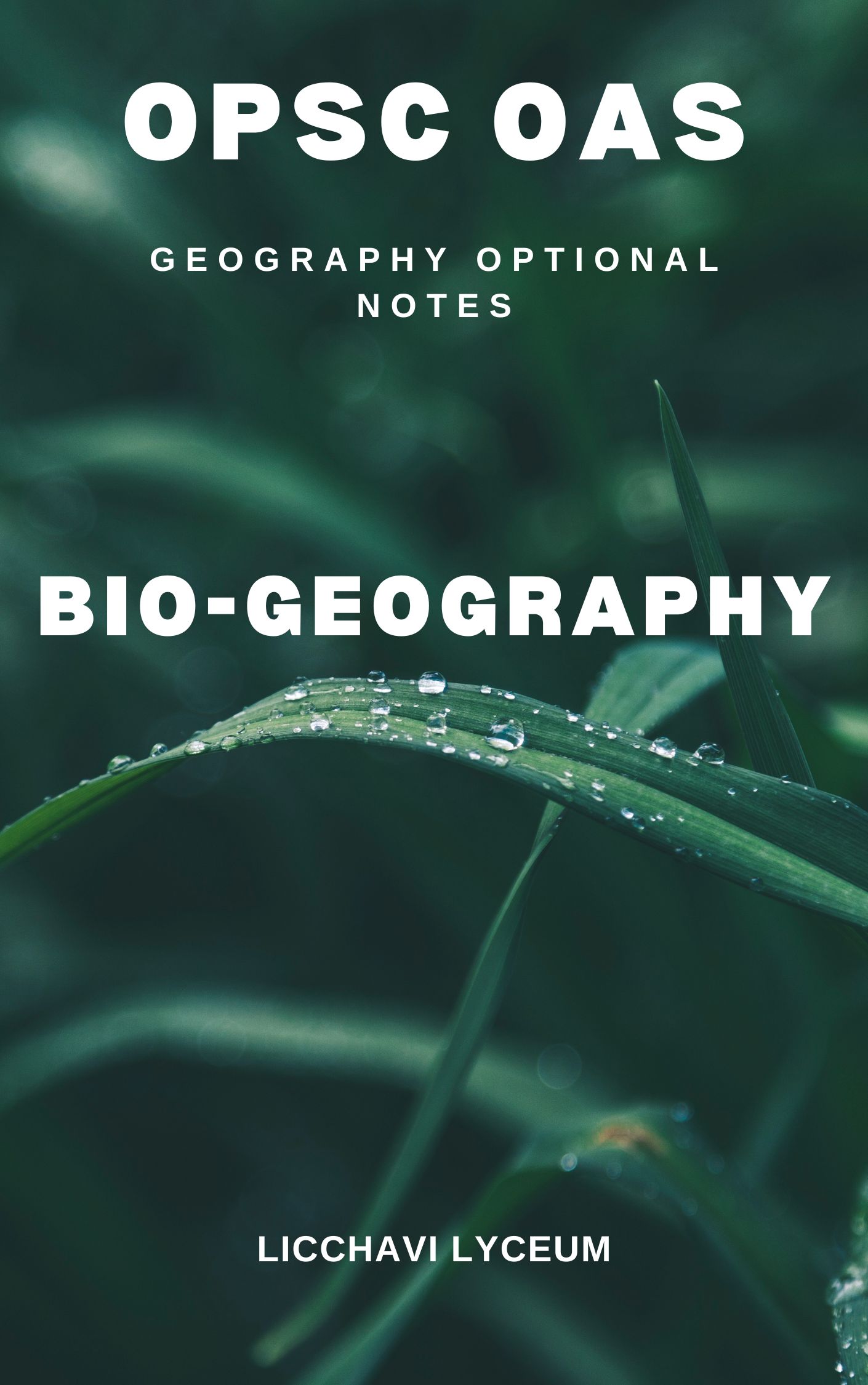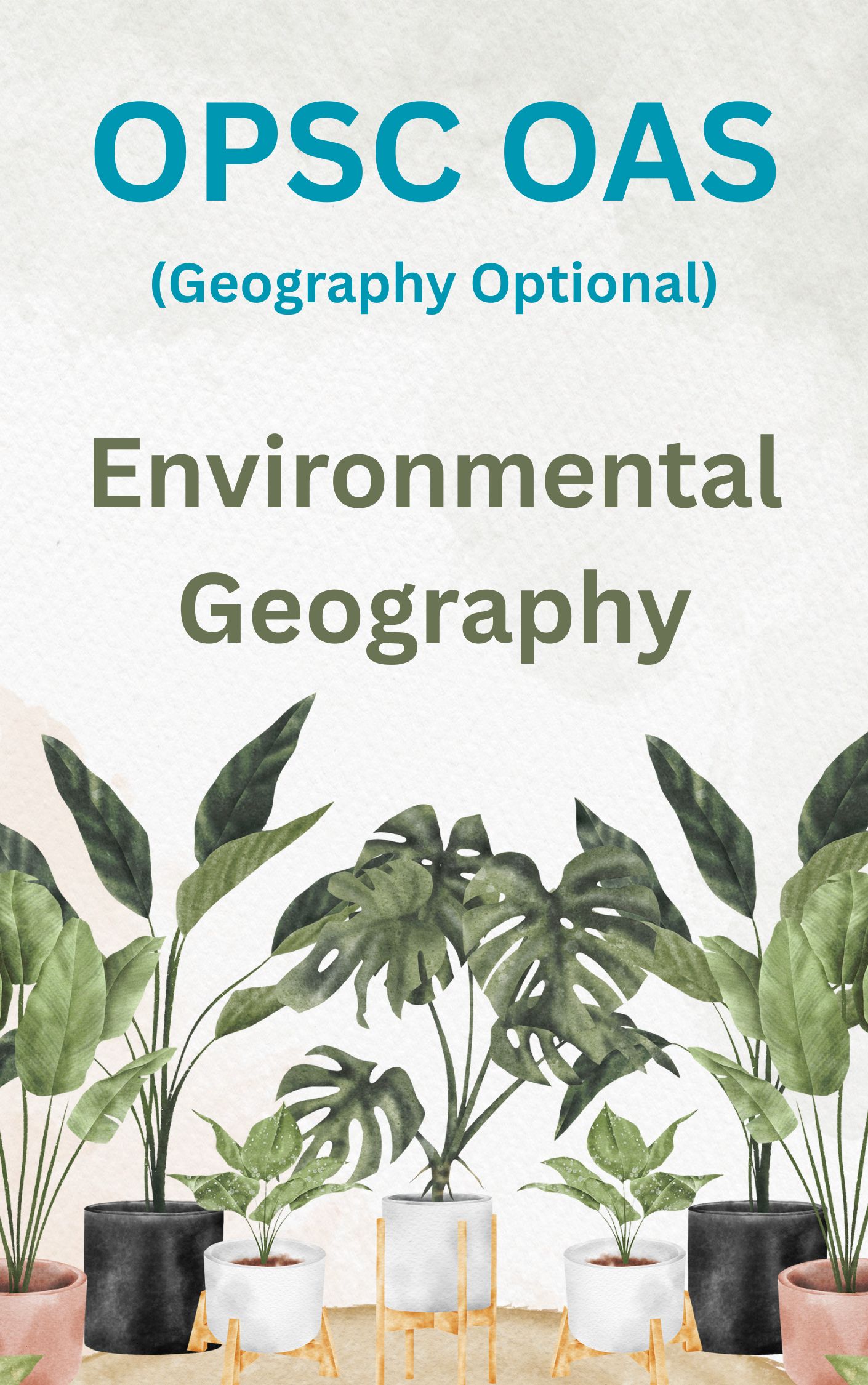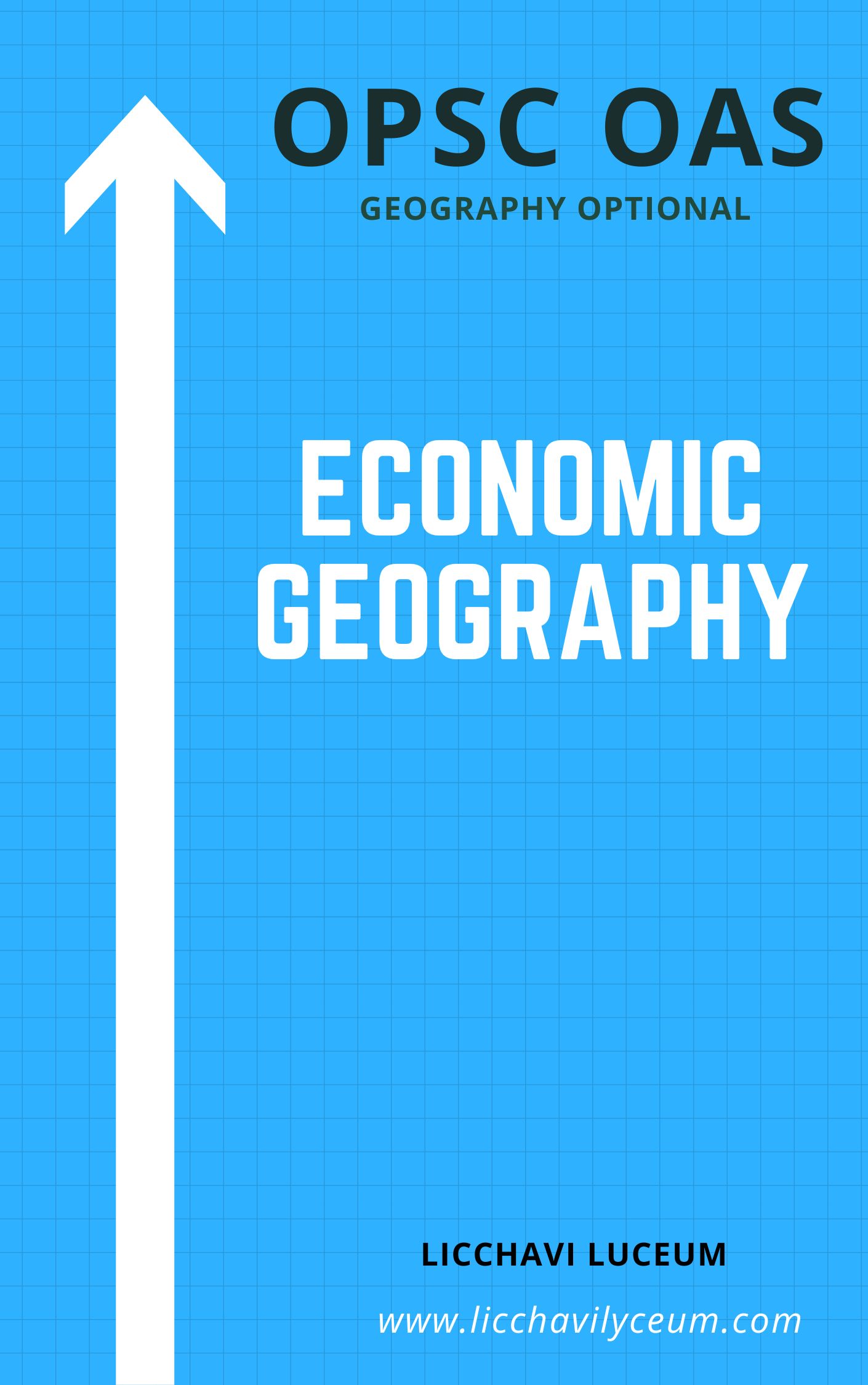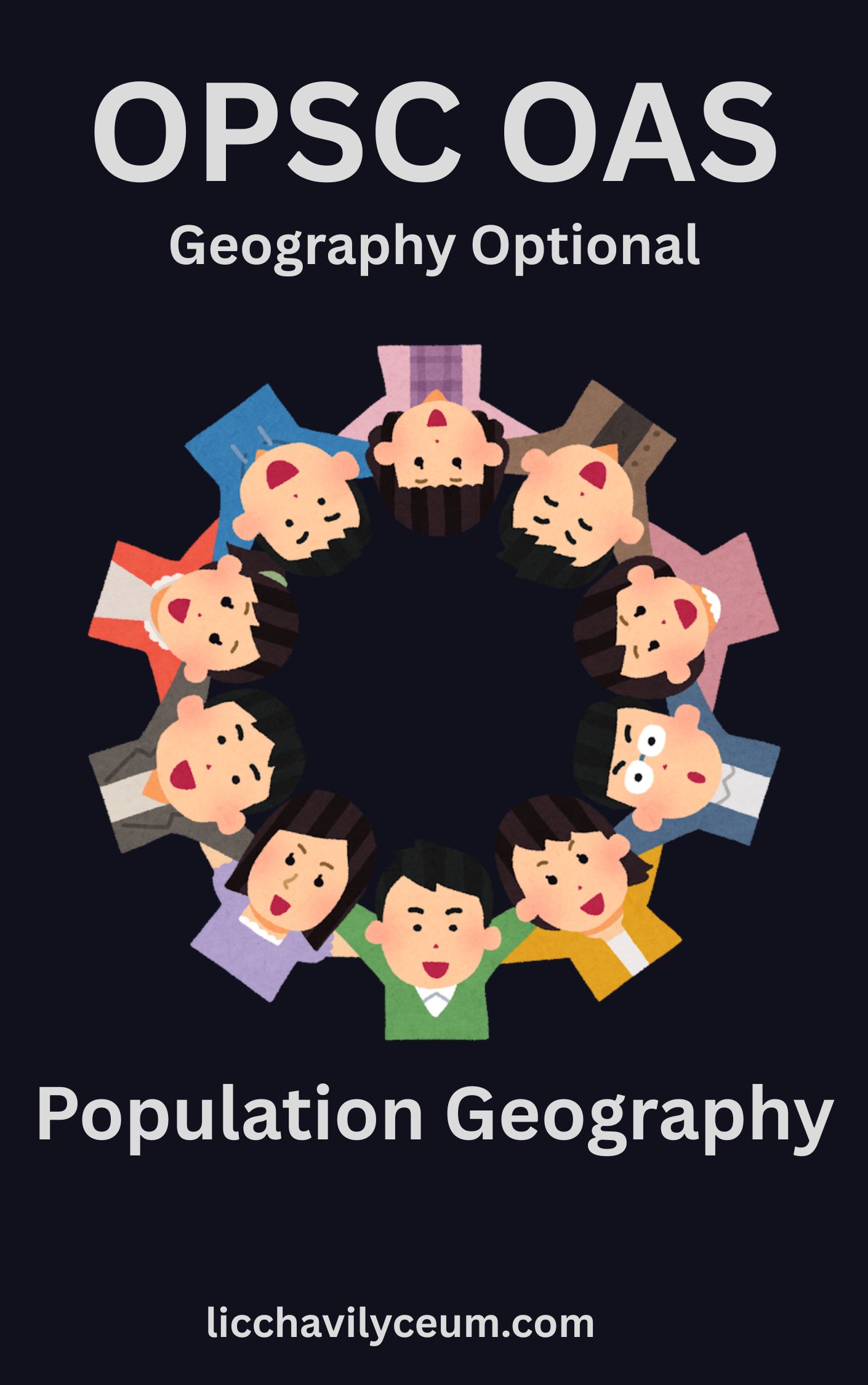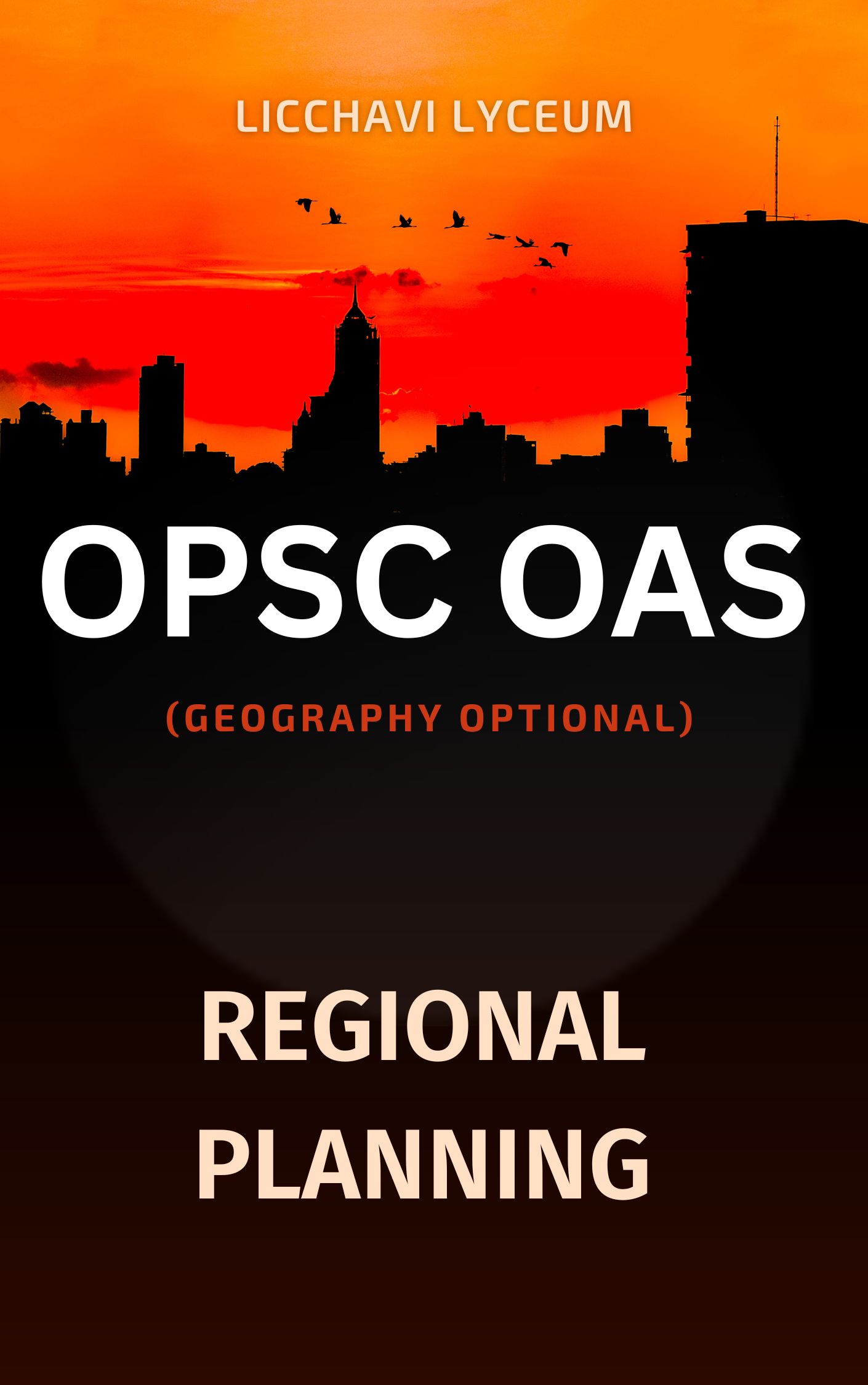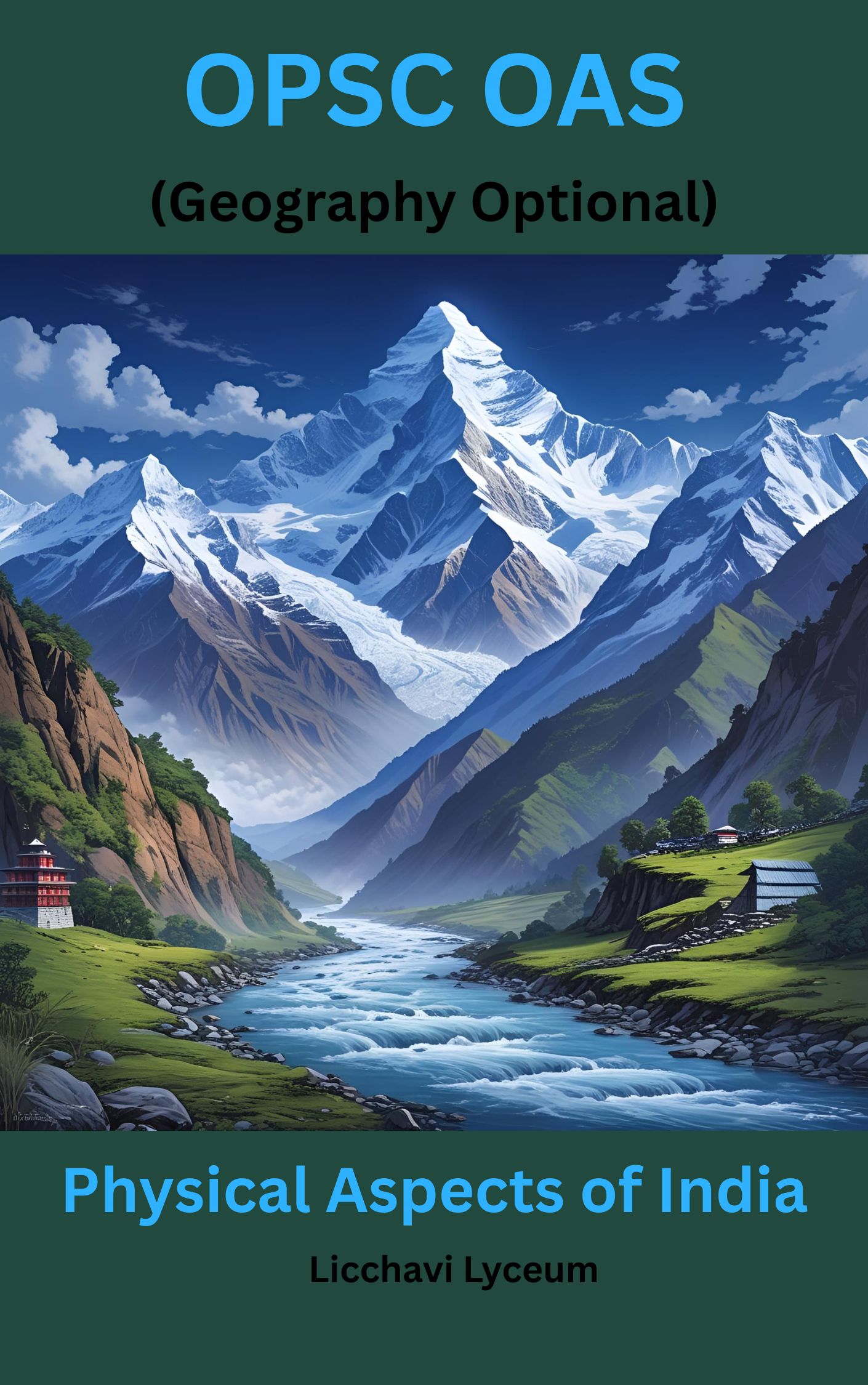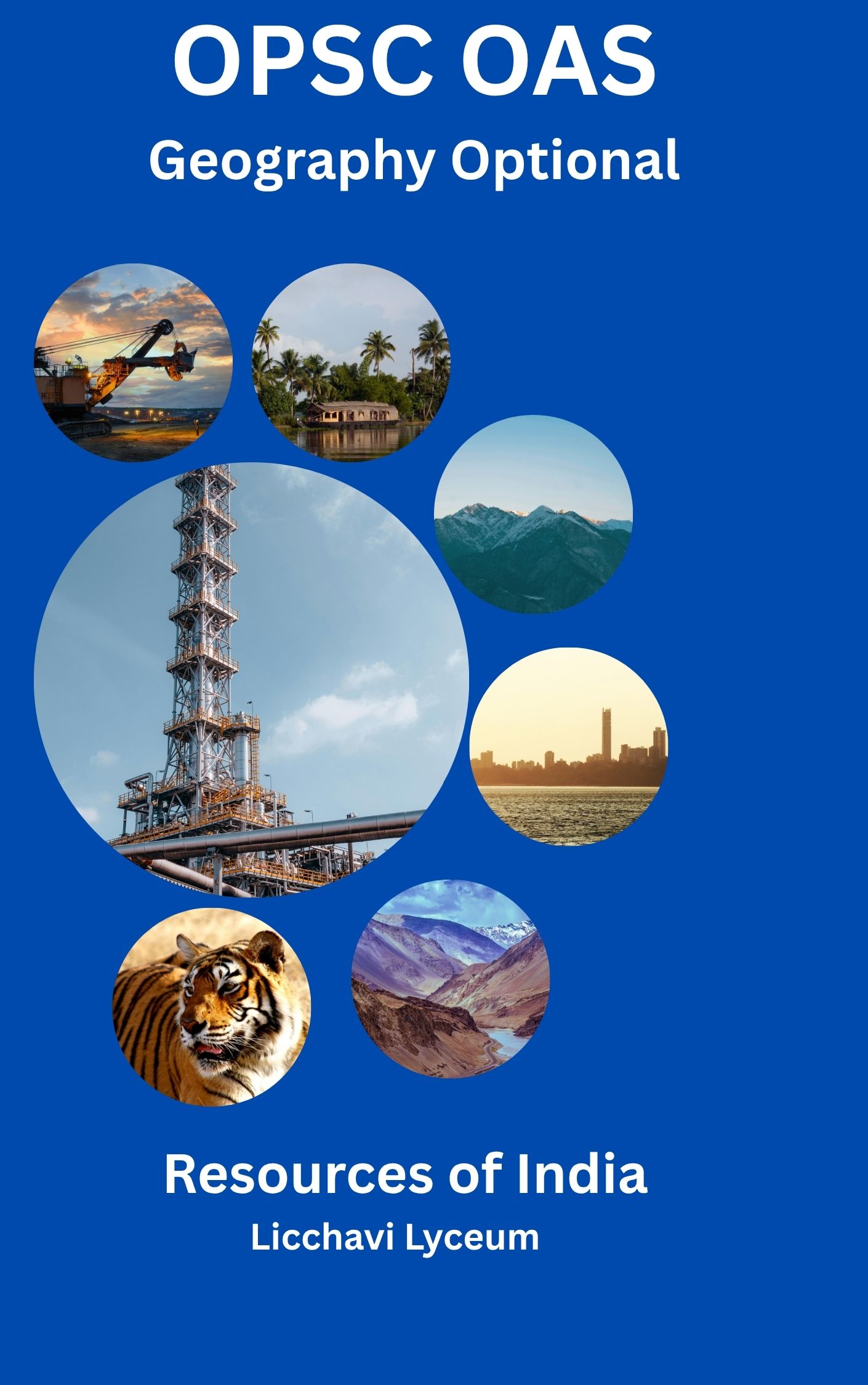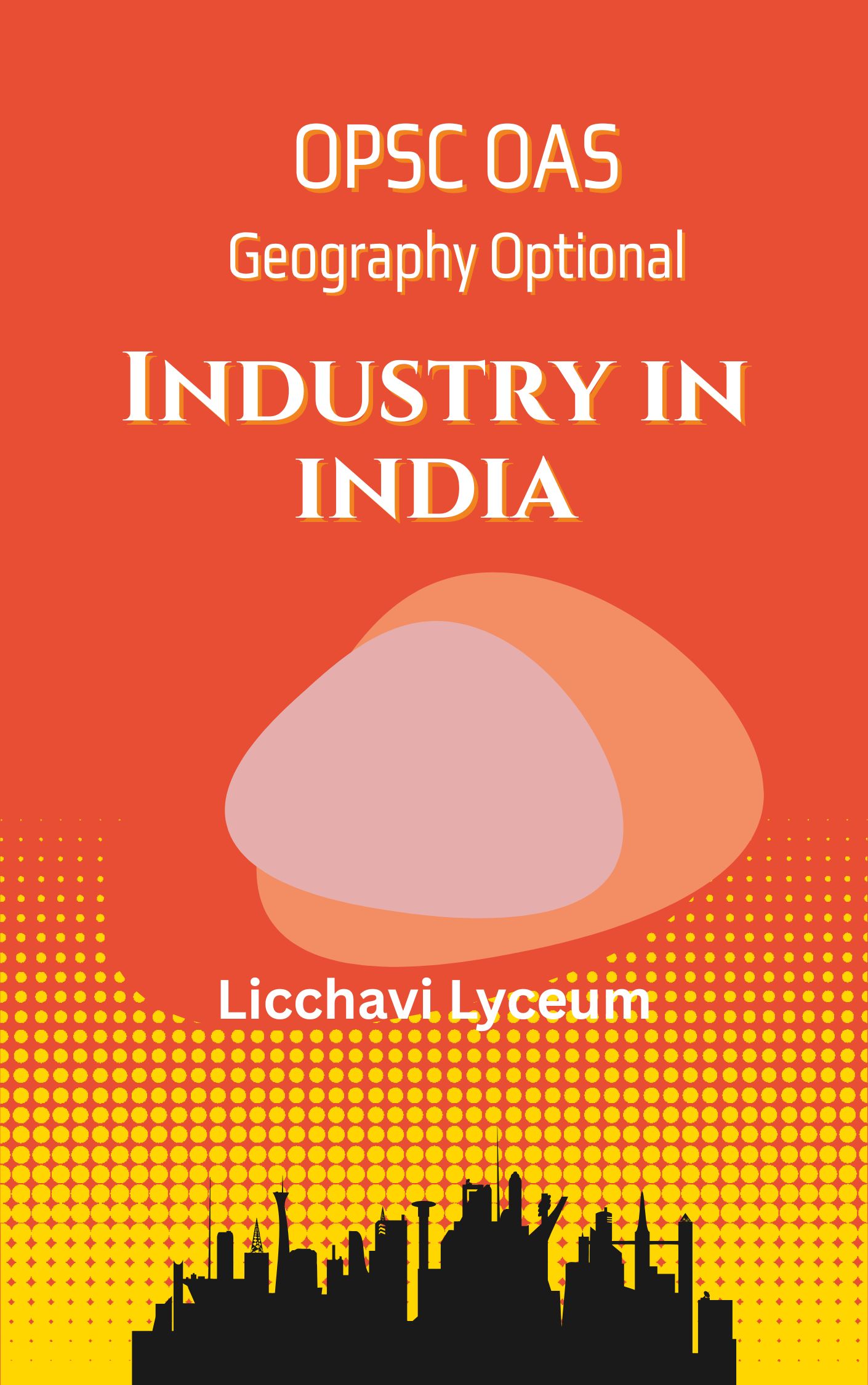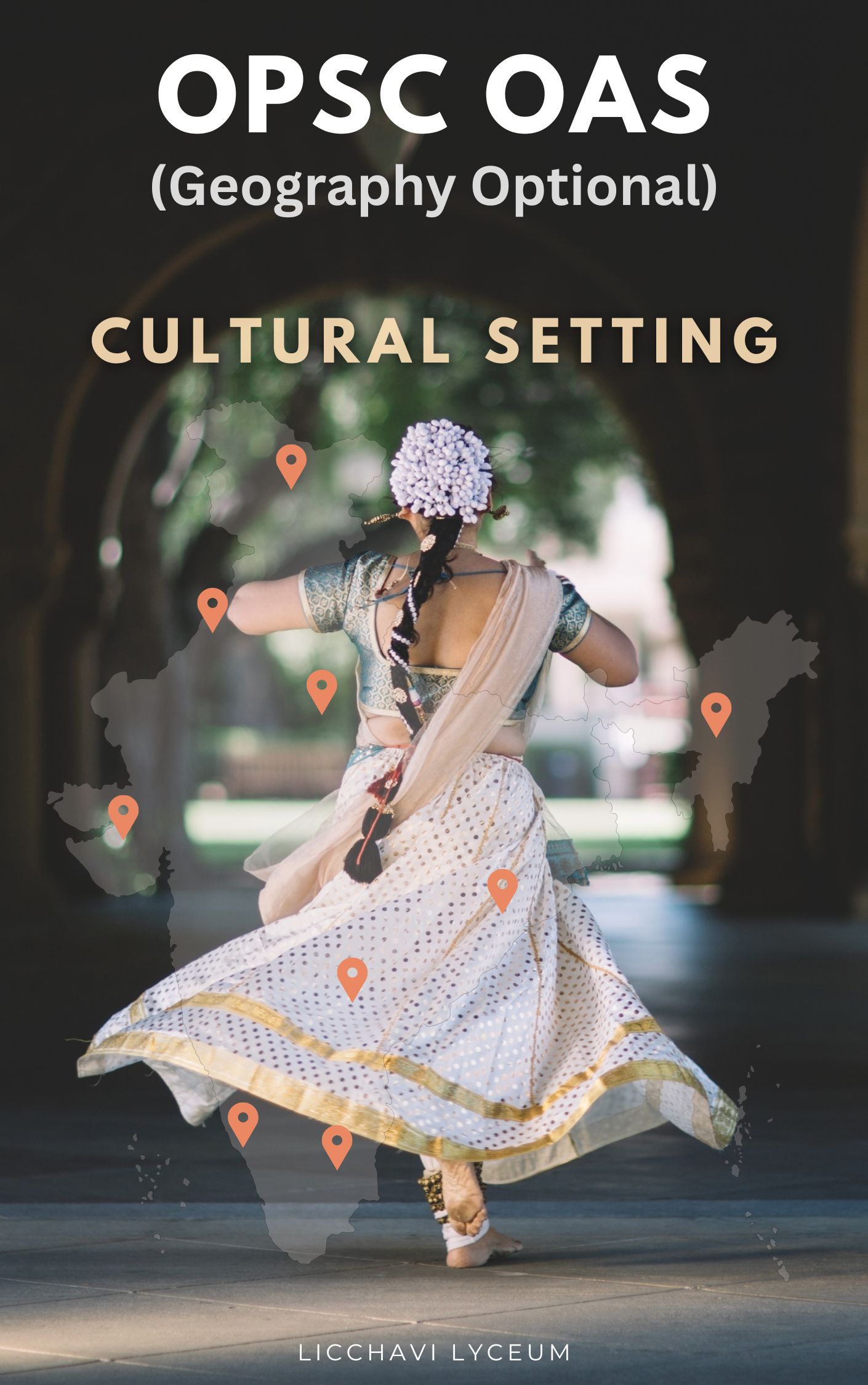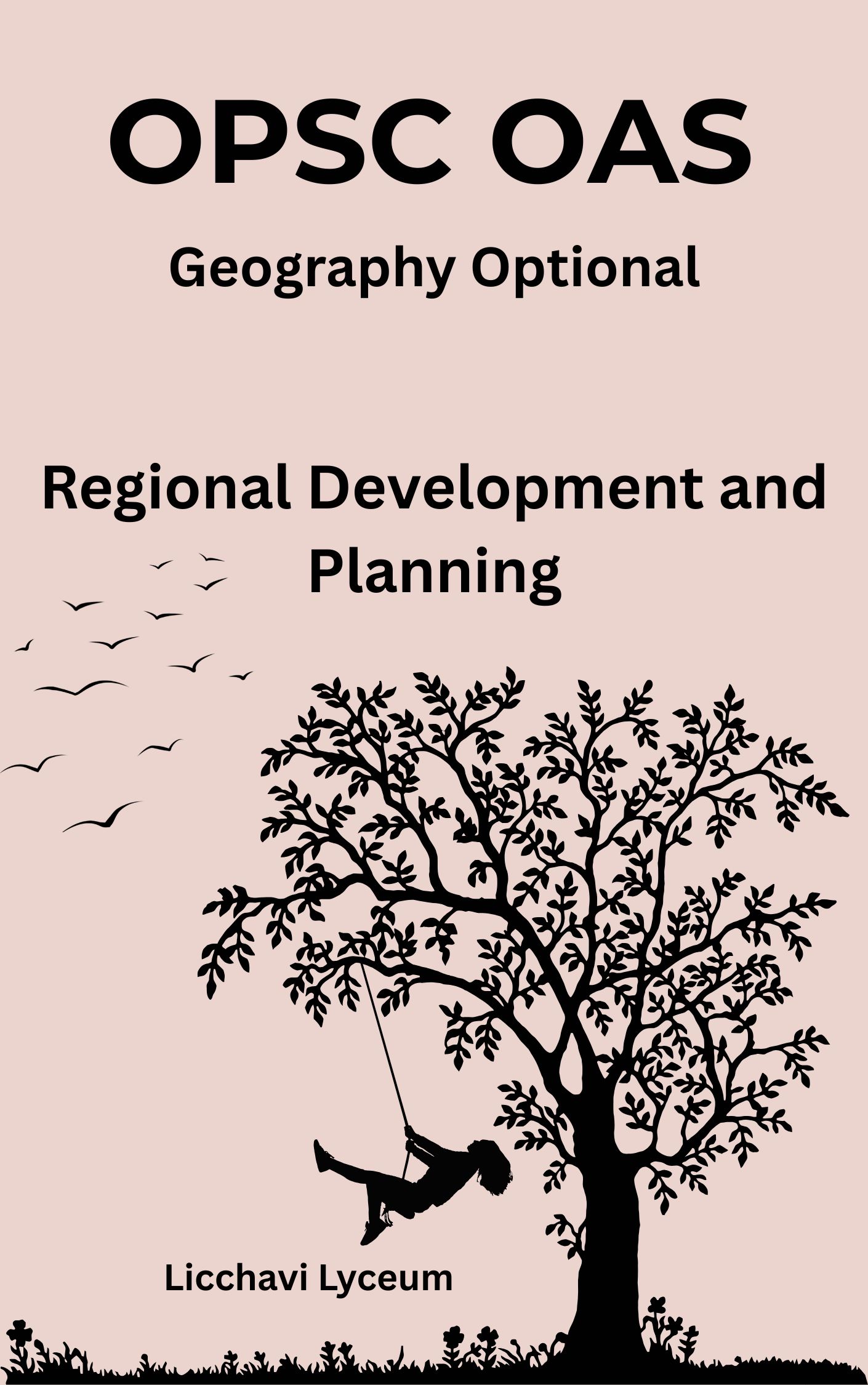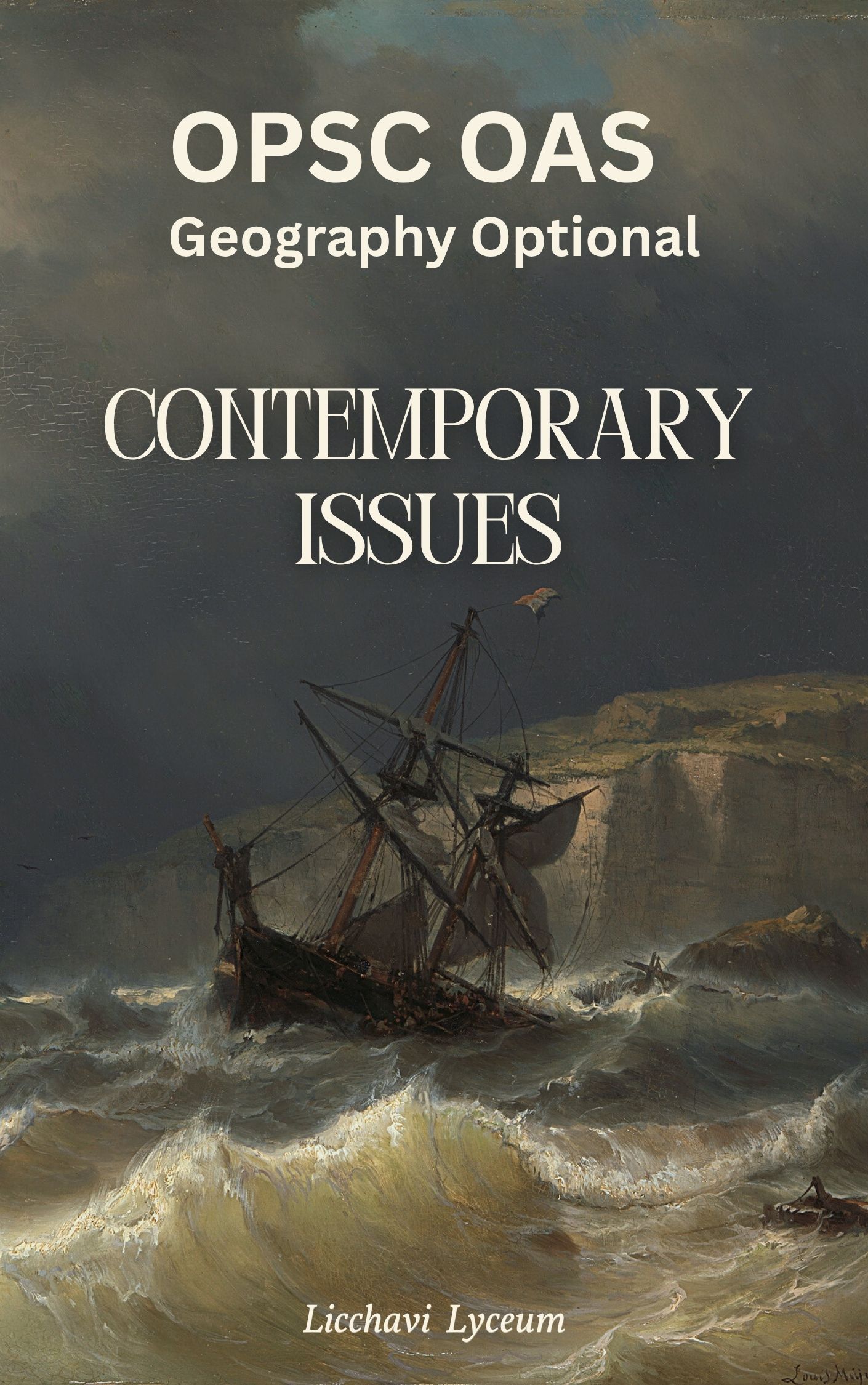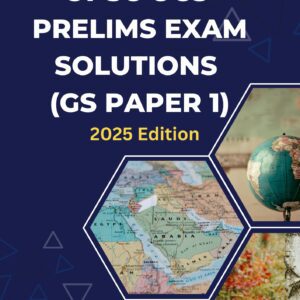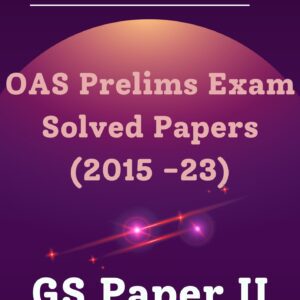OPSC Geography Optional Notes
Paper I | Section-A
Physical Geography
i) Geomorphology:
- Origin of the Earth
- Physical conditions of the Earth’s interior
- Continental drift
- Isostasy
- Plate tectonics
- Mountain building
- Volcanism and earthquakes
- Weathering and erosion
- Concepts of geomorphic cycles (Davis and Penck)
- Landforms associated with fluvial, arid, glacial, coastal and karst regions
- Polycyclic landforms
ii) Climatology:
- Temperature and pressure belts of the world
- Heat budget of the Earth
- Atmospheric circulation
- Planetary and local winds
- Monsoons and jet streams
- Air masses and fronts
- Temperate and tropical cyclones
- Types and distribution of precipitation
- Koppen’s and Thornthwaite’s classification of world climate
- Hydrological cycle
- Climatic change
iii) Oceanography:
- Bottom topography of the Atlantic, Indian and Pacific Oceans
- Temperature and salinity of the oceans
- Ocean deposits
- Ocean currents and tides
- Marine resources (Biotic, Mineral & Energy) and their utilizations
- Coral reefs
iv) Biogeography:
- Genesis of soils
- Classification and distribution of soils
- Soil profile
- Soil erosion and conservation
- Factors influencing world distribution of plants and animals
- Problems of deforestation and conservation measures
- Social forestry
- Agroforestry
v) Environmental Geography:
- Concept and types of environment
- Environmental degradation and management
- Ecosystems and their management
- Energy flow and biogeochemical cycles
- Global ecological imbalances: problems of pollution, global warming, reduction in biodiversity and depletion of forests
Section-B
Human Geography
i) Perspectives in Human Geography:
- Areal differentiation
- Regional synthesis
- Dichotomy and dualism
- Environmentalism
- Quantitative revolution and locational analysis
- Radical, behavioural, human and welfare approaches
- Cultural regions of the world
- Human development indicators
ii) Economic Geography:
- World economic development: measurement and problems
- World resources and their distribution
- Energy crisis
- The limits to growth
- World agriculture: typology of agricultural regions
- Von Thunen’s theory of agricultural location
- World industries: locational patterns
- Locational theories of Weber, Hoover, Losch and Smith
- Patterns of world trade
iii) Population Geography:
- Growth and distribution of world population
- Demographic attributes
- Causes and consequences of migration
- Concepts of over, under, and optimum population
- World population problems
- Races of mankind
iv) Settlement Geography:
- Types and patterns of rural settlements
- Hierarchy of urban settlements
- Christaller’s Central Place Theory
- Concept of primate city and rank-size rule
- Functional classification of towns
- Sphere of urban influence
- Rural-urban fringe
- Satellite town
- Problems of urbanisation
v) Regional Planning:
- Concept of region
- Types of regions and methods of regionalisation
- Growth centres and growth poles
- Regional imbalances
- Multi-level planning
- Planning for sustainable development
- Rostow’s Model of Stages of Growth
Paper-II
Geography of India with Special Reference to Odisha
Section-A
i) Physical Aspects:
- Structure and relief
- Drainage system and watersheds
- Physiographic regions
- Mechanism of Indian monsoons
- Tropical cyclones and western disturbances
- Floods and droughts
- Climatic regions
- Natural vegetation, soil types and their distributions
ii) Resources:
- Concept and types of resources (Land, water, energy, minerals, and biotic resources)
- Their distribution, utilisation and conservation
- Energy crisis
iii) Agriculture:
- Infrastructure—irrigation, seeds, fertilizers, power
- Types of crops, agricultural productivity, agricultural intensity, crop combination, land capability
- Agro and social forestry
- Green Revolution—its socio-economic and ecological implications
- Significance of dry farming
- Livestock resources and White Revolution
- Blue Revolution
- Agricultural regionalisation
- Agro-climatic zones
iv) Industry:
- History of industrial development
- Locational factors of cotton, jute, iron and steel, fertilizer and paper industries
- Industrial complexes and industrial regionalisation
- New industrial policy
- Role of multinationals, liberalization and globalisation
v) Transport, Communication and Trade:
- Road, railway, waterway, airway and pipeline networks and their complementary roles in regional development
- Growing importance of ports on national and foreign trade
- Trade balance
- Free trade and export promotion zones
- Developments in communication technology and its impact on economy and Society
Section-B
i) Cultural Setting:
- Racial and ethnic diversities
- Major tribes, tribal areas and their problems
- Role of language, religion and tradition in the formation of cultural regions
- Growth, distribution and density of population
- Demographic attributes: sex-ratio, age structure, literacy rate, workforce, dependency ratio and longevity
- Migration (interregional, intra-regional and international) and associated problems
- Population problems and policies
ii) Settlements:
- Types, patterns and morphology of rural settlements
- Urban development
- Census definition of urban areas
- Morphology of Indian cities
- Functional classification of Indian cities
- Conurbations and metropolitan regions
- Urban sprawl
- Slums and associated problems
- Town planning
- Problems of urbanisation
iii) Regional Development and Planning:
- Experience of regional planning in India
- Five Year Plans
- Integrated rural development programmes
- Panchayati Raj and decentralised planning
- Command area development
- Watershed management
- Planning for backward area, desert, drought-prone, hill and tribal area development
- Multi-level planning
- Geography and regional planning
iv) Political Aspects
- Geographical basis of Indian federalism
- State reorganisation
- Regional consciousness and national integration
- International boundary of India and related issues
- Disputes on sharing of water resources
- India and geopolitics of the Indian Ocean
v) Contemporary Issues
- Environmental hazards: landslides, earthquakes, tsunami, cyclones, floods and droughts, epidemics
- Issues related to environmental pollution
- Changes in patterns of land use
- Principles of environmental impact assessment and environmental management
- Population explosion and food security
- Environmental degradation
- Disasters in India and their management
- Problems of agrarian and industrial unrest
- Regional disparities in economic development
- Concept of sustainable growth and development
